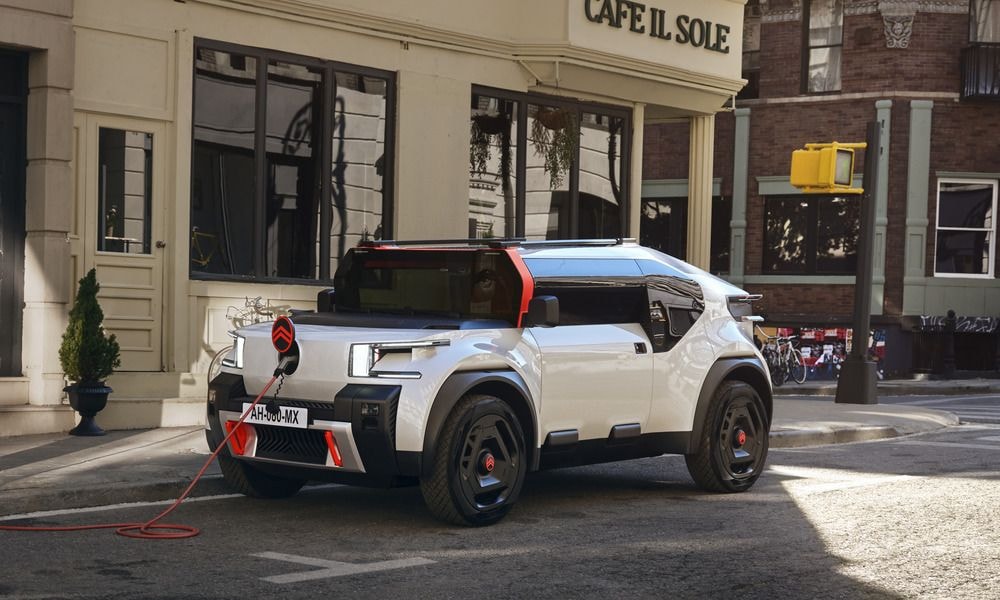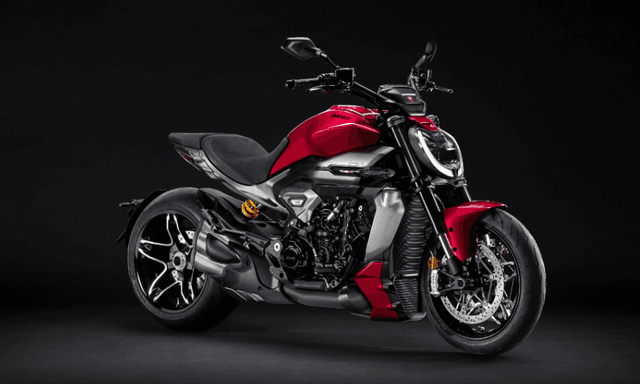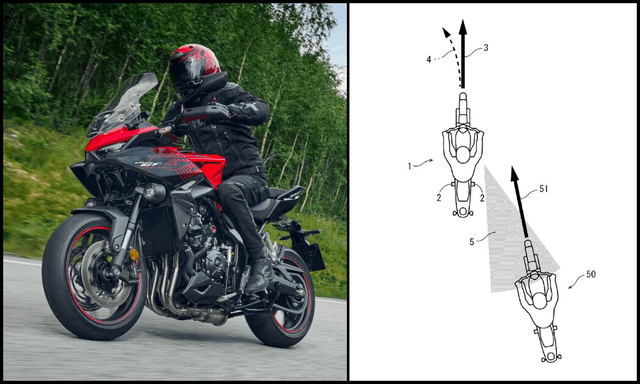Citroen Oli EV Concept Previews Firm’s Commitment To Sustainable Electric Mobility

- Citroen Oli features extensive use of recycled materials
- Has a range of up to 400km from a 40kWh battery pack
- Citroen to use technologies from the concept in future production EVs
Just days after revealing the brand’s new corporate identity and Double Chevron logo, Citroen has revealed the new Oli EV Concept that showcases the firm’s commitment to affordable and sustainable electric mobility. The quirky EV concept will not make production though Citroen says that it will use some of the “concepts and innovations” from the EV in its future range of all-electric models.
The Oli has dimensions similar to a compact SUV measuring 4.2 metres in length, 1.90 metres wide and 1.65 metres tall. Styling is anything but conventional. The front is characterised by an almost flat upright nose and flat bonnet ending at a vertical windscreen. The chunky cladding and skid-plate element with tow hooks on the bumper add some flair to the design as do the C-shaped headlamp and DRL design. The nose bears the new Citroen Double Chevron finished in red with the A pillar too finished in the same colour.
Oli EV Concept features extensive use of recycled materials in the exterior panelling and cabin
The upright design continues to the sides as well with other attention-grabbing elements including the large, pronounced wheel arches and raked rear pillar. The glass too appears to have a unique shape. While it may appear to be a two-door, the Oli is a four-door concept with smaller reverse hinged rear doors and pillarless opening allowing improved access to the rear seats.
At the rear, the Oli gets a pick-up truck-like open bed with the tail-lights also following a similar design to the headlamps.
Roof, bonnet and pick-up bed made from recycled corrugated cardboard sandwiched between fibreglass sheets; Can support the weight of an adult.
Design aside its also the materials used that raise some eyebrows. The bonnet, roof and rear pick-up bed are all made from recycled corrugated cardboard sandwiched between fibreglass panels. The result are panels that just weigh as little as 6 kg but can support the weight of an average adult.
Also unique are the concept’s 20-inch wheels which blend aluminium and steel to save weight. The wheels are wrapped in Goodyear Eagle Go concept tyres which are claimed to have a lifespan of up to 5 lakh km. This comes down to the tyres being designed to have their treads renewed twice in their life cycle.
Four door design uses smaller rear-hinged rear doors and no B pillar.
Other weight-saving measures include the upright glasshouse which reduces the use of the material thus not only saving weight but also the load of the air-conditioning on the battery.
Inside the cabin too is very simplistic with a two-spoke steering, some switches on the centre console and a removable Bluetooth speaker built into the dashboard. Two wide displays sit at the base of the windshield while a small slot in the centre of the dashboard allows users to plug in their phone to the car’s infotainment system.
The cabin is all about simplicity and functionality; the dashboard features removable Bluetooth speakers and minimal control surfaces.
More weight savings come from the lack of a traditional sound system, reduced use of sound deadening materials in the doors and a dashboard and seats made using lesser and lighter components than on standard family cars. Citroen says the dashboard comprises of just 34 parts compared to 75 in a regular family car while the seats are made from just 8 components as compared to 37 in the typical family car. The cabin uses 100 per cent recycled polyester upholstery with seat backrests being 3D printed.
Owing to the weight savings and energy saving measures in the concept’s design Citroen says the Oli can have a range of up to 400km from a 40kWh battery. The electrical system also supports vehicle-to-load and vehicle-to-grid technology allowing users to draw power from the vehicle to run appliances or power the grid for a limited time. The Oli has a top speed of 110 kmph and weighs around 1,000 kg.
Latest News
 car&bike Team | Dec 29, 2025JSW MG Motor India Extends Assured Buyback Plan To 5 YearsMG has expanded its EV buyback programme, which is also offered for commercial MG ZS EV owners.1 min read
car&bike Team | Dec 29, 2025JSW MG Motor India Extends Assured Buyback Plan To 5 YearsMG has expanded its EV buyback programme, which is also offered for commercial MG ZS EV owners.1 min read car&bike Team | Dec 29, 2025Ducati XDiavel V4 Launched In India At Rs 30.89 LakhThe XDiavel V4 sits as a cruiser in the Diavel range and will be sold alongside the standard model.1 min read
car&bike Team | Dec 29, 2025Ducati XDiavel V4 Launched In India At Rs 30.89 LakhThe XDiavel V4 sits as a cruiser in the Diavel range and will be sold alongside the standard model.1 min read car&bike Team | Dec 28, 2025Nissan Gravite MPV Spied Testing Yet Again Ahead Of Jan 2026 DebutNissan’s subcompact MPV will share its underpinnings with the Renault Triber.1 min read
car&bike Team | Dec 28, 2025Nissan Gravite MPV Spied Testing Yet Again Ahead Of Jan 2026 DebutNissan’s subcompact MPV will share its underpinnings with the Renault Triber.1 min read car&bike Team | Dec 27, 2025Honda Patents Steering Assist Tech For MotorcyclesHonda patents a steering assist concept that subtly intervenes during blind-spot risks.1 min read
car&bike Team | Dec 27, 2025Honda Patents Steering Assist Tech For MotorcyclesHonda patents a steering assist concept that subtly intervenes during blind-spot risks.1 min read Jafar Rizvi | Dec 27, 2025Listed: Car Manufacturers That Will Hike Prices From January 2026Based on the announcements made so far, the price increase across car models is expected to range between 2 and 3 per cent.3 mins read
Jafar Rizvi | Dec 27, 2025Listed: Car Manufacturers That Will Hike Prices From January 2026Based on the announcements made so far, the price increase across car models is expected to range between 2 and 3 per cent.3 mins read Jaiveer Mehra | Dec 26, 2025India-Spec New Renault Duster Teased Ahead Of Jan 26 DebutA new teaser video provides brief glimpses of the upcoming all-new SUV which seems to get some notable styling differences over its global sibling.1 min read
Jaiveer Mehra | Dec 26, 2025India-Spec New Renault Duster Teased Ahead Of Jan 26 DebutA new teaser video provides brief glimpses of the upcoming all-new SUV which seems to get some notable styling differences over its global sibling.1 min read
 Jafar Rizvi | Dec 24, 2025MG Windsor EV 38 kWh Long-Term Report: IntroductionThe Windsor EV has joined our garage, and before it settles into daily duty, I took it out to get a sense of what living with an electric car is like.4 mins read
Jafar Rizvi | Dec 24, 2025MG Windsor EV 38 kWh Long-Term Report: IntroductionThe Windsor EV has joined our garage, and before it settles into daily duty, I took it out to get a sense of what living with an electric car is like.4 mins read Seshan Vijayraghvan | Dec 23, 20252026 Kia Seltos Review: Formula Is Spot On, But Is The Timing Right?The 2nd-gen Kia Seltos has arrived, but it has the challenge of facing strong rivals like the Victoris and Sierra. The question is simple - Does it still have what it takes?9 mins read
Seshan Vijayraghvan | Dec 23, 20252026 Kia Seltos Review: Formula Is Spot On, But Is The Timing Right?The 2nd-gen Kia Seltos has arrived, but it has the challenge of facing strong rivals like the Victoris and Sierra. The question is simple - Does it still have what it takes?9 mins read car&bike Team | Dec 26, 2025Tata Punch EV Long-Term Second Report: Highway Performance, Pros & ConsAfter a week of living with the Tata Punch EV Long Range—including a proper Mumbai-Nashik highway test—we've learned what this little electric SUV is really made of.1 min read
car&bike Team | Dec 26, 2025Tata Punch EV Long-Term Second Report: Highway Performance, Pros & ConsAfter a week of living with the Tata Punch EV Long Range—including a proper Mumbai-Nashik highway test—we've learned what this little electric SUV is really made of.1 min read Seshan Vijayraghvan | Dec 22, 20252026 Tata Harrier & Safari 1.5 Hyperion Review: By The Power Of Petrol!The new Tata Harrier and Safari petrol packs a new 1.5-litre TGDI Hyperion engine, but is it an ideal alternative to the diesel version?7 mins read
Seshan Vijayraghvan | Dec 22, 20252026 Tata Harrier & Safari 1.5 Hyperion Review: By The Power Of Petrol!The new Tata Harrier and Safari petrol packs a new 1.5-litre TGDI Hyperion engine, but is it an ideal alternative to the diesel version?7 mins read Bilal Firfiray | Dec 19, 2025Maruti Suzuki e-Vitara Review: Worth The Wait?After a long wait, the first-ever electric Maruti Suzuki is here. It’s the e-Vitara, and it comes with a few promises. But arriving this late, is it worth the wait? Or is it a case of too little, too late?9 mins read
Bilal Firfiray | Dec 19, 2025Maruti Suzuki e-Vitara Review: Worth The Wait?After a long wait, the first-ever electric Maruti Suzuki is here. It’s the e-Vitara, and it comes with a few promises. But arriving this late, is it worth the wait? Or is it a case of too little, too late?9 mins read
























































































































